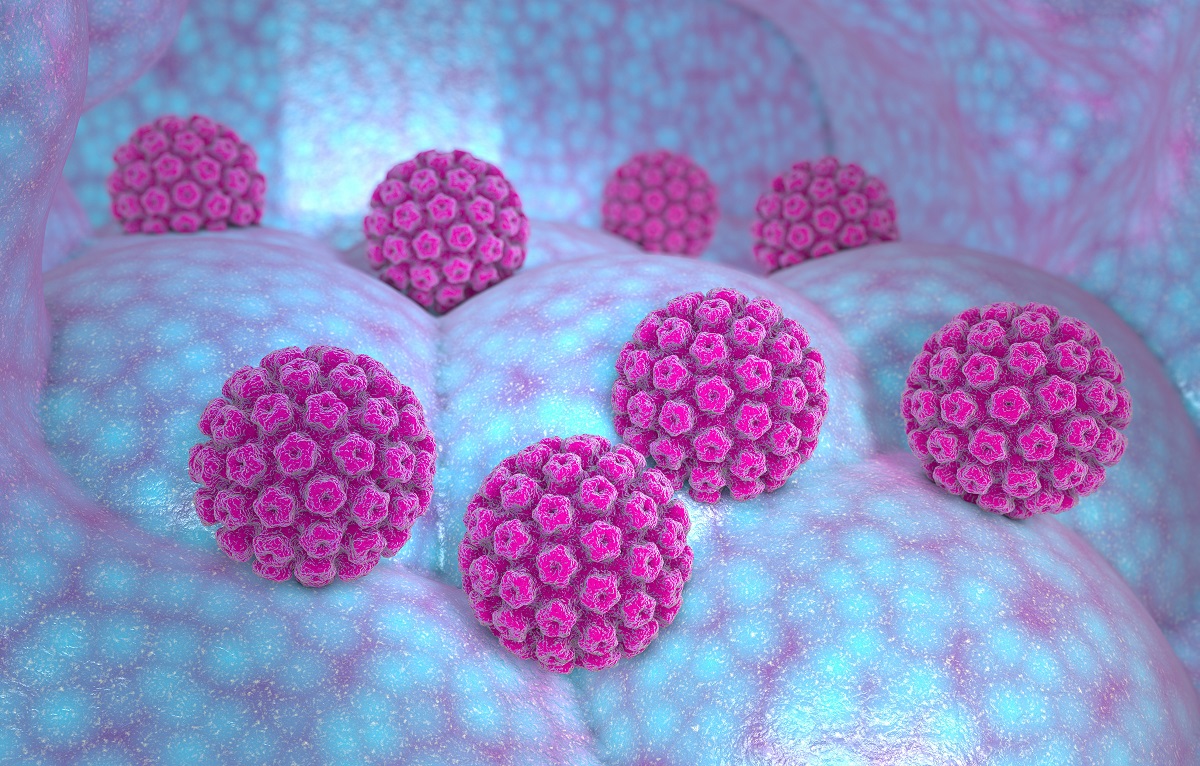KEY TAKEAWAYS
- The study aimed to detect pre-cancerous cervical lesions in women using community-based VIA.
- The study showed VIA positivity was twice as high in the community, peaking in women aged 30-45.
Cervical cancer screening is a key government priority. The various methods include Visual Inspection with Acetic Acid (VIA), Pap smear liquid-based cytology, and HPV DNA testing. VIA-based screening is a cost-effective option in resource-limited settings, as it does not require cyto-histological testing, can be performed by trained paramedics, and is as accurate as cytological tests.
Gehanath Baral and the team aimed to identify pre-cancerous cervical lesions through community screening using visual inspection with acetic acid.
A community-based cross-sectional study was conducted at a health camp from March to June 2023. Screening was performed on married, non-pregnant women aged 30 to 60 years. Descriptive statistics and subgroup analyses were carried out using Chi-Square tests.
The results revealed that 1,255 cases were screened across 10 community health camps, with a screen positivity rate of 14.3%. Positive results were evenly distributed across all parities, ranging from 13% to 19%. Nearly half of the positive cases (47.2%) were in the 34-40 age group. There were no significant differences in screen positivity by parity or vaginal discharge. Menopausal women had a screen positivity rate of 7.7%.
The study concluded that VIA positivity in the community was twice as high as the previous facility-based prevalence. There were no significant differences by parity, menopausal status, or vaginal discharge. The positivity rate was higher in women aged 30 to 45 years.
No funding information was available.
Source: https://pubmed.ncbi.nlm.nih.gov/39080936/
Baral G, Oli L, Verma S, et al. (2024). “Detection of Cervical Precancer Using Visual Inspection Method with Acetic Acid.” J Nepal Health Res Counc. 2024;22(1):45-49. Published 2024 Jun 21. doi:10.33314/jnhrc.v22i01.5024



